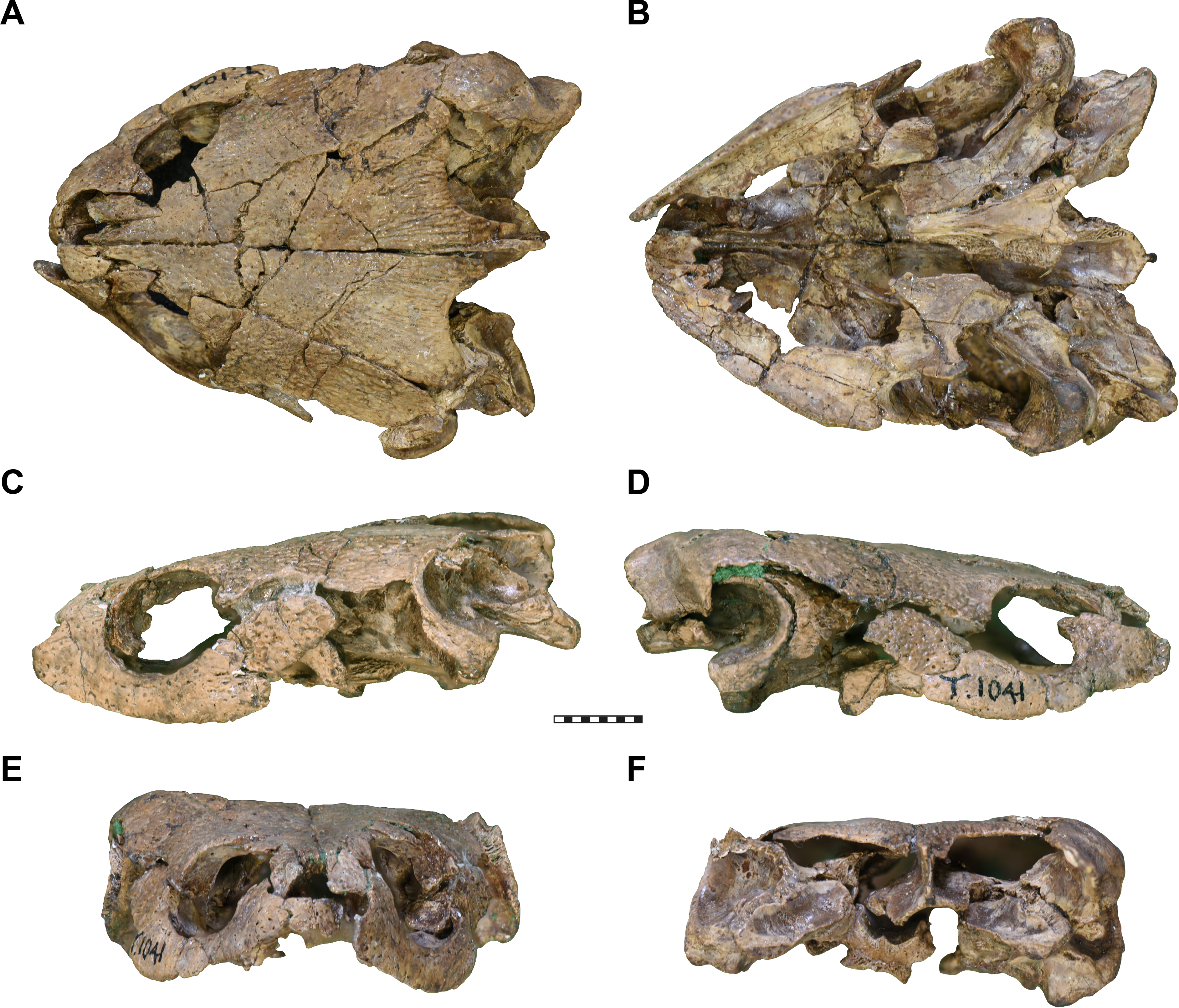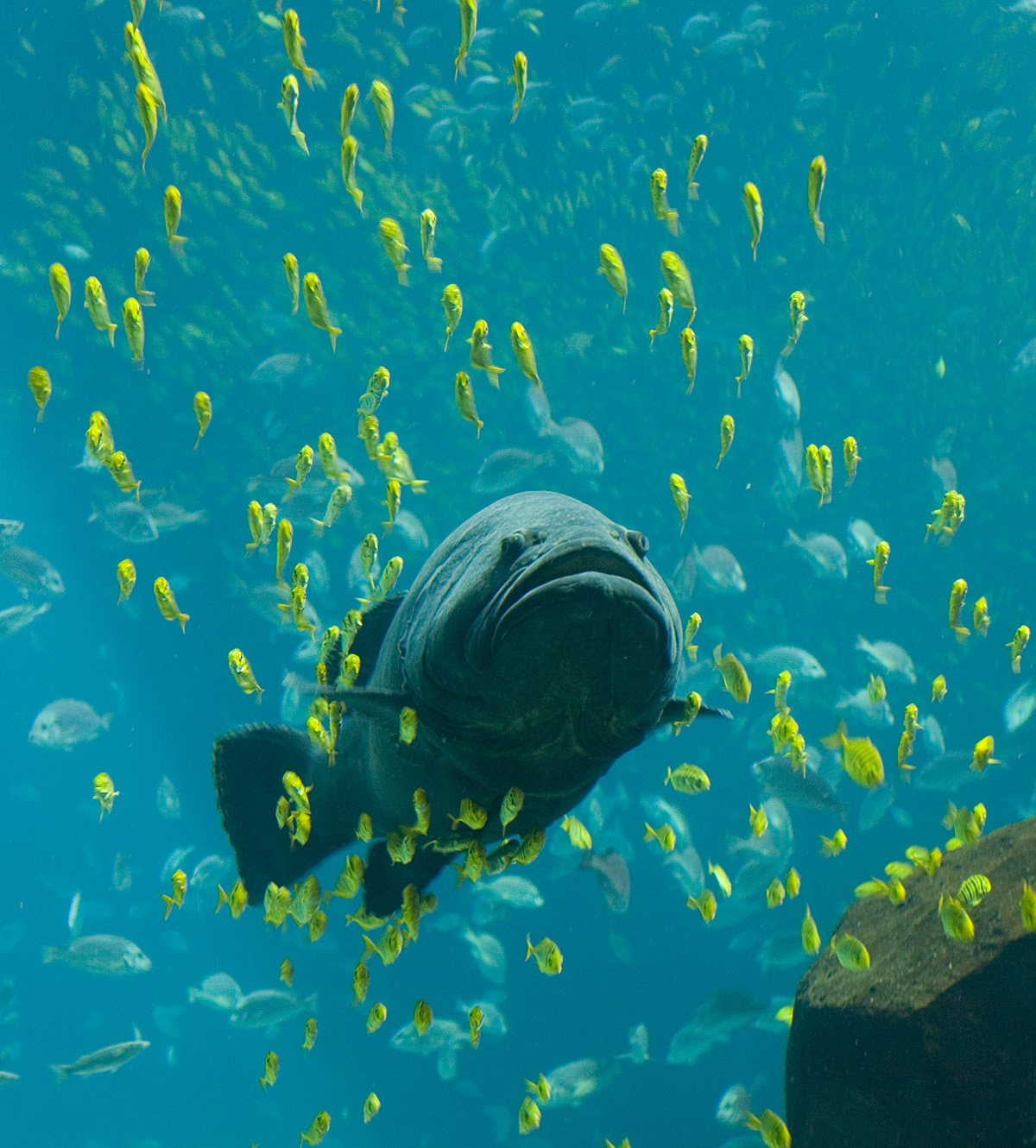|
Pleurosternid
Pleurosternidae is an extinct family of freshwater turtles belonging to Paracryptodira. They are definitively known from the Late Jurassic to Early Cretaceous (Albian) of Western Europe and North America. Genera Valid taxa *''Dinochelys'' Morrison Formation, United States, Late Jurassic (Tithonian) *''Dorsetochelys'' Purbeck Group, England, Early Cretaceous (Berriasian) Bückeberg Formation, Germany, Berriasian *''Glyptops'' Morrison Formation, United States, Late Jurassic (Tithonian) *''Pleurosternon'' Purbeck Group, England, Early Cretaceous (Berriasian), Ágreda locality, Spain, Tithonian-Berriasian, France, Tithonian-Berriasian *'' Riodevemys'' Villar del Arzobispo Formation, Spain, Late Jurassic (Tithonian) *''Selenemys'' Lourinhã Formation, Portugal, Late Jurassic (Kimmeridgian) *'' Toremys'' Escucha Formation, Spain, Early Cretaceous (Albian) ''Uluops'' from the Late Jurassic of North America may also belong to Pleurosternidae. Invalid taxa * '' Desmemys'' Bücke ... [...More Info...] [...Related Items...] OR: [Wikipedia] [Google] [Baidu] |
Selenemys
''Selenemys'' is an extinct genus of pleurosternid turtle from the Late Jurassic of Central West of Portugal. It is known from several specimens recovered from the Lusitanian Basin, dating to the upper Kimmeridgian age. It was one of the earliest European pleurosternids, more closely related to the later Cretaceous pleurosternids of Europe than the contemporary pleurosternids of North America. This genus was named by Adán Pérez-García and Francisco Ortega in 2011 File:2011 Events Collage.png, From top left, clockwise: a protester partaking in Occupy Wall Street heralds the beginning of the Occupy movement; protests against Libyan dictator Muammar Gaddafi, who was killed that October; a young man celebrate ..., and the type species is ''Selenemys lusitanica''. The holotype is housed at the Laboratory of Paleontology and Paleoecology of thALT-Society of Natural History(Torres Vedras, Portugal). References Pleurosternidae Prehistoric turtle genera Kimmeridgi ... [...More Info...] [...Related Items...] OR: [Wikipedia] [Google] [Baidu] |
Pleurosternon
''Pleurosternon'' is an extinct genus of freshwater pleurosternid turtle from the latest Jurassic to earliest Cretaceous of Europe. Its type species, ''P. bullocki'' was described by the paleontologist Richard Owen (noted for coining the word '' Dinosauria'') in 1853. Since then, and throughout the late 19th century, many fossil turtles were incorrectly assigned to this genus, though only two are currently considered valid. Taxonomy ''Pleurosternon bullocki'' fossils were first described by Richard Owen in 1841 from specimens found in the earliest Cretaceous (Berriasian) aged Purbeck Group of the Isle of Purbeck, of Dorset in southern England, under the living genus '' Platemys''. It was not until 1853 however, that it was published under the name ''Pleurosternon'' in a paper Owen presented to the Palaeontographical Society. ''P. portlandicum'' named by Richard Lydekker in 1889 from the latest Jurassic (Tithonian) aged Portland Stone of the Isle of Portland, Dorset, is now cons ... [...More Info...] [...Related Items...] OR: [Wikipedia] [Google] [Baidu] |
Dorsetochelys
''Dorsetochelys'' is an extinct genus of turtle from the Early Cretaceous of southern England and northwestern Germany. Taxonomy The type species, ''Dorsetochelys delairi'', was described on the basis of DORCM G.23, a complete skull from the Early Cretaceous (Berriasian) Purbeck Group of Dorset, England. Later, a turtle skull from the vicinity of Como Bluff, Wyoming, was described as a new species, ''D. buzzops'', in honor of Buzz Pitman, a museum director of the Rock River Museum near Como Bluff. However, a cladistic analysis conducted in 2013 recovered that species as a member of Baenidae, sister to '' Uluops''. In 2012, pleurosternid remains were described from the Early Cretaceous (Berriasian) Bückeberg Formation of Lower Saxony Lower Saxony (german: Niedersachsen ; nds, Neddersassen; stq, Läichsaksen) is a German state (') in northwestern Germany. It is the second-largest state by land area, with , and fourth-largest in population (8 million in 2021) among the ... [...More Info...] [...Related Items...] OR: [Wikipedia] [Google] [Baidu] |
Glyptops
''Glyptops'' (Greek for "grooved face") is an extinct genus of pleurosternid freshwater turtle known from the Late Jurassic of North America. Taxonomy The type species, ''Glyptops plicatulus'', was first described as ''Compsemys plicatulus'' by Edward Drinker Cope on the basis of AMNH 6099, a partial shell from the Late Jurassic (Tithonian) aged Morrison Formation of Colorado. In 1890, a partial skull, YPM 1784 (described from Como Bluff, Wyoming), was named ''Glyptops ornatus'' by Othniel Charles Marsh. Later, Oliver Perry Hay recognized ''Compsemys plicatulus'' and ''Glyptops ornatus'' as being from the same species, hence the new combination ''G. plicatulus''. Another Morrison species of ''Glyptops'', ''G. utahensis'', was described from a complete shell (CM 3412) found at Dinosaur National Monument in Utah. ''Glyptops'' later became a wastebasket taxon to refer to isolated shell fragments with a finely sculpted surface texture. The type of ''Glyptops plicatulus'' was later ju ... [...More Info...] [...Related Items...] OR: [Wikipedia] [Google] [Baidu] |
Villar Del Arzobispo Formation
The Villar del Arzobispo Formation is a Late Jurassic to possibly Early Cretaceous geologic formation in eastern Spain. It is equivalent in age to the Lourinhã Formation of Portugal. It was originally thought to date from the Late Tithonian-Middle Berriasian, but more recent work suggests a Kimmeridigan-Late Tithonian, possibly dating to the Early Berriasian in some areas. The Villar del Arzobispo Formation's age in the area of Riodeva in Spain has been dated based on stratigraphic correlations as middle-upper Tithonian, approximately 145-141 million years old. In the area of Galve, the formation potentially dates into the earliest Cretaceous. Most of the unit consists of siliciclastic mudstone, however the lower portion of the formation is dominated by bioclastic, oolitic and peloidal limestone, while channelized sandstone and conglomerate is found in the middle portion of the unit. While the lower part of the formation was deposited in an inner carbonate platform, the upwar ... [...More Info...] [...Related Items...] OR: [Wikipedia] [Google] [Baidu] |
Prehistoric Reptile Families
Prehistory, also known as pre-literary history, is the period of human history between the use of the first stone tools by hominins 3.3 million years ago and the beginning of recorded history with the invention of writing systems. The use of symbols, marks, and images appears very early among humans, but the earliest known writing systems appeared 5000 years ago. It took thousands of years for writing systems to be widely adopted, with writing spreading to almost all cultures by the 19th century. The end of prehistory therefore came at very different times in different places, and the term is less often used in discussing societies where prehistory ended relatively recently. In the early Bronze Age, Sumer in Mesopotamia, the Indus Valley Civilisation, and ancient Egypt were the first civilizations to develop their own scripts and to keep historical records, with their neighbors following. Most other civilizations reached the end of prehistory during the following Iron Age. ... [...More Info...] [...Related Items...] OR: [Wikipedia] [Google] [Baidu] |
Pleurosternidae
Pleurosternidae is an extinct family of freshwater turtles belonging to Paracryptodira. They are definitively known from the Late Jurassic to Early Cretaceous (Albian) of Western Europe and North America. Genera Valid taxa *''Dinochelys'' Morrison Formation, United States, Late Jurassic (Tithonian) *'' Dorsetochelys'' Purbeck Group, England, Early Cretaceous ( Berriasian) Bückeberg Formation, Germany, Berriasian *'' Glyptops'' Morrison Formation, United States, Late Jurassic (Tithonian) *'' Pleurosternon'' Purbeck Group, England, Early Cretaceous (Berriasian), Ágreda locality, Spain, Tithonian-Berriasian, France, Tithonian-Berriasian *'' Riodevemys'' Villar del Arzobispo Formation, Spain, Late Jurassic (Tithonian) *''Selenemys'' Lourinhã Formation, Portugal, Late Jurassic ( Kimmeridgian) *'' Toremys'' Escucha Formation, Spain, Early Cretaceous (Albian The Albian is both an age of the geologic timescale and a stage in the stratigraphic column. It is the younges ... [...More Info...] [...Related Items...] OR: [Wikipedia] [Google] [Baidu] |
Suction Feeding
Aquatic feeding mechanisms face a special difficulty as compared to feeding on land, because the density of water is about the same as that of the prey, so the prey tends to be pushed away when the mouth is closed. This problem was first identified by Robert McNeill Alexander. As a result, underwater predators, especially bony fish, have evolved a number of specialized feeding mechanisms, such as filter feeding, ram feeding, suction feeding, protrusion, and pivot feeding. Most underwater predators combine more than one of these basic principles. For example, a typical generalized predator, such as the cod, combines suction with some amount of protrusion and pivot feeding. Suction feeding Suction feeding is a method of ingesting a prey item in fluids by sucking the prey into the predator's mouth. It is a highly coordinated behavior achieved by the dorsal rotation of the dermatocranium, lateral expansion of the suspensorium, and the depression of the lower jaw and hyoid. Su ... [...More Info...] [...Related Items...] OR: [Wikipedia] [Google] [Baidu] |
Uluops
''Uluops'' is an extinct genus of paracryptodire turtle from the Late Jurassic (Tithonian) of North America. The type and only species is ''Uluops uluops'', which is known from a single skull from the Morrison Formation. See also * Paleobiota of the Morrison Formation The Morrison Formation is a distinctive sequence of Late Jurassic sedimentary rock that is found in the western United States, which has a wide assortment of taxa represented in its fossil record, including dinosaur fossils in North America. It i ... References Further reading *K. Carpenter and R. T. Bakker. 1990. A new latest Jurassic vertebrate fauna, from the highest levels of the Morrison Formation at Como Bluff, Wyoming, with comments on Morrison biochronology. Part II. A new baenid turtle. Hunteria 2(6):3-4 Pleurosternidae Prehistoric turtle genera Tithonian genera Late Jurassic turtles Late Jurassic reptiles of North America Morrison fauna Fossil taxa described in 1990 Taxa named by Kennet ... [...More Info...] [...Related Items...] OR: [Wikipedia] [Google] [Baidu] |
Escucha Formation
The Escucha Formation is a geological formation in La Rioja and Teruel provinces of northeastern Spain whose strata date back to the late Aptian to middle Albian stages of the Early Cretaceous. Dinosaur remains are among the fossils that have been recovered from the formation.Weishampel, et al., 2004 The approximately thick formation underlies the Utrillas Formation and overlies Castrillo de la Reina, Benassal & Oliete Formations. The Escucha Formation comprises siltstones, mudstones, sandstones, coal, siltstones and amber, in which several fossil insects were found. The formation was deposited in a variety of continental to paralic (deltaic) environments.Peyrot et al., 2007 Fossil content The Escucha Formation has provided the following fossils, among others: [...More Info...] [...Related Items...] OR: [Wikipedia] [Google] [Baidu] |




